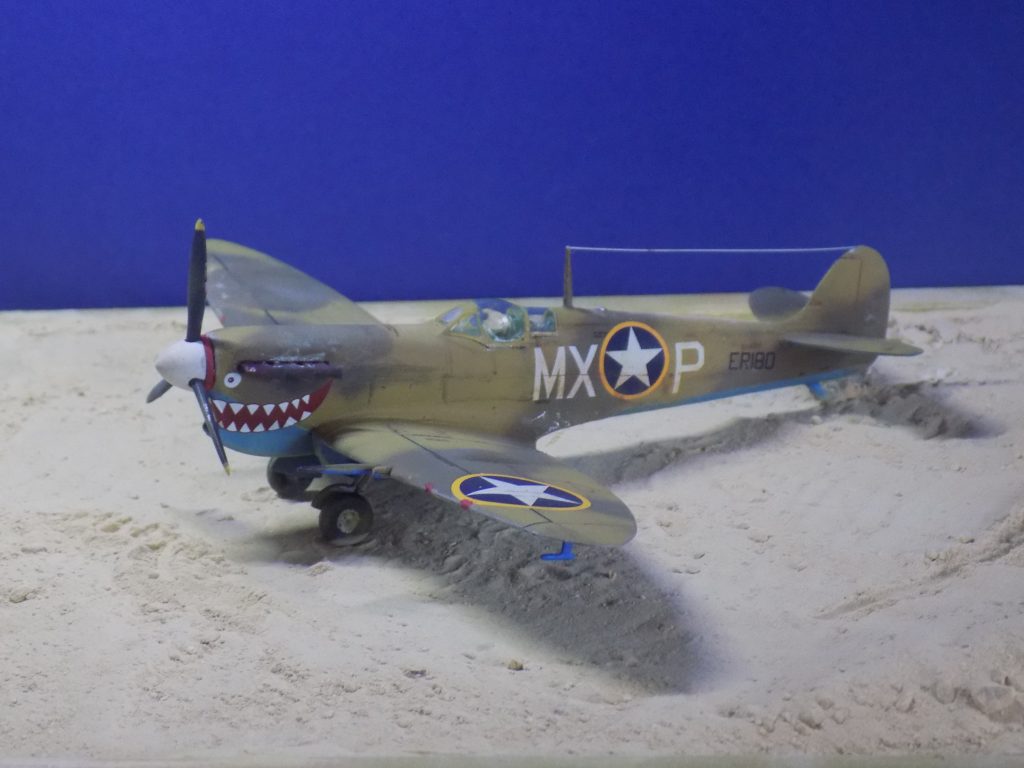
This is the recent release by Airfix which I opted to do in the USAAF markings just for something different! It’s a very pleasing kit despite the fact I made a pig’s ear of hand painting it and had to strip it all off again! I used Hataka blue line paints from their North Africa set at first but found the paints extremely thin and added too many coats which led to an uneven finish and obscuring some of the fine detail. I went back to my trusty airbrush and favourite AK interactive paints of RAF Middle Stone, RAF Dark Earth and RAF Azure Blue.
The kit has an amazing amount of interior detail for this scale and has fine recessed panel lines, a lot finer than some of Airfix’s other recent releases.
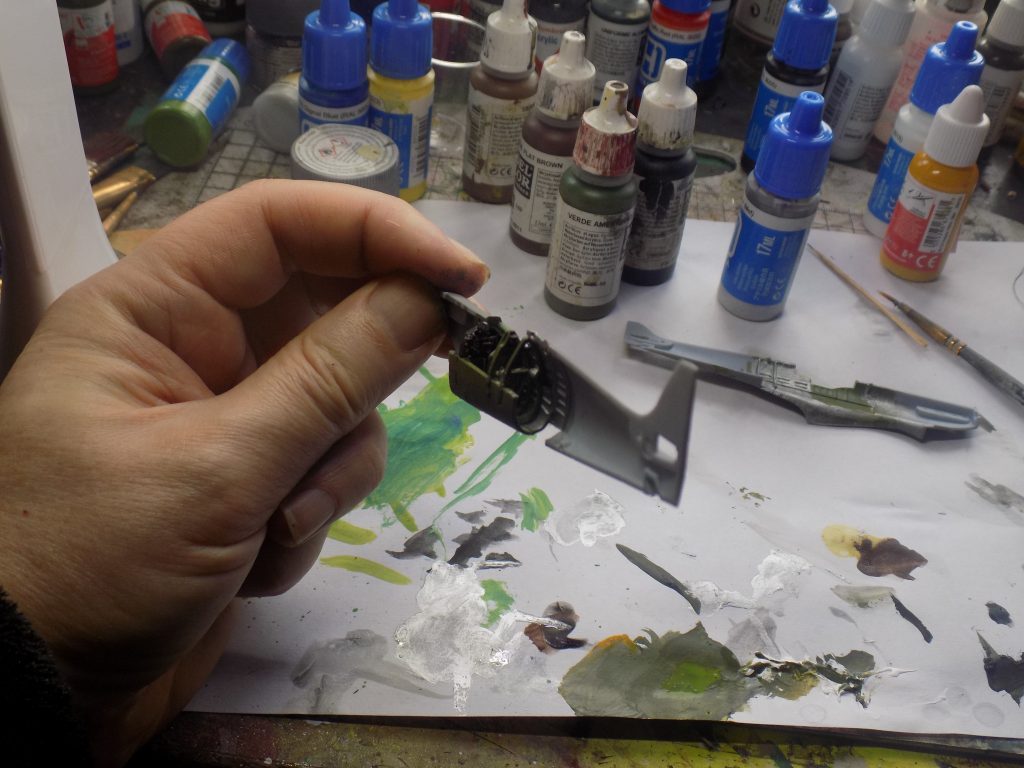
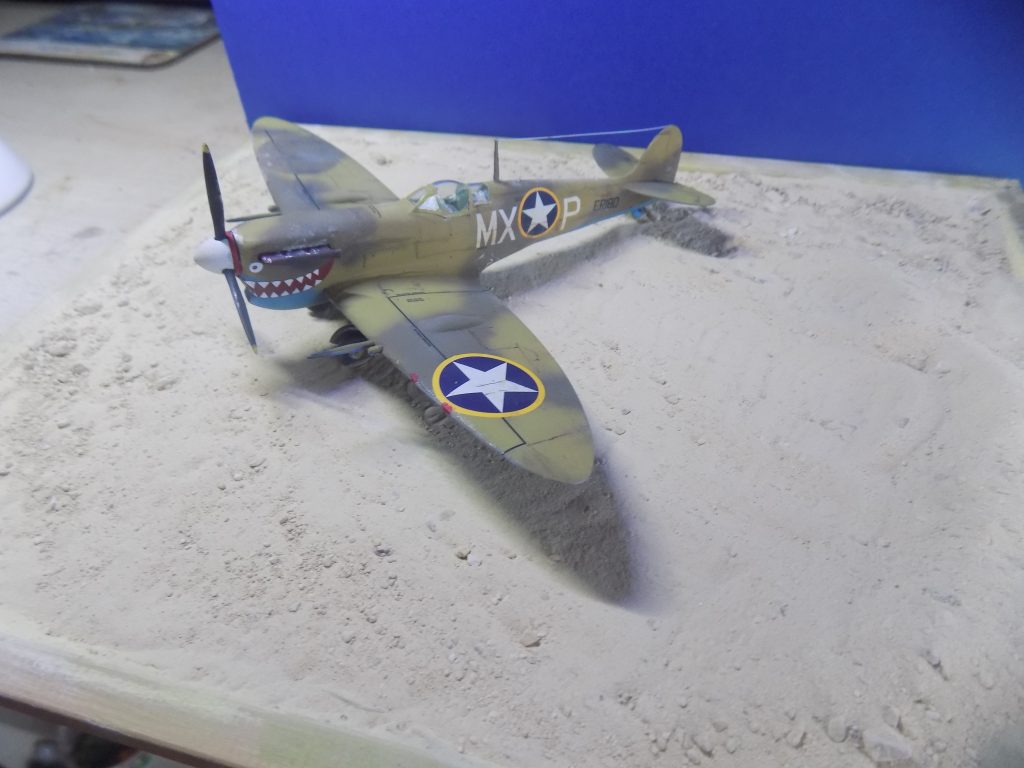
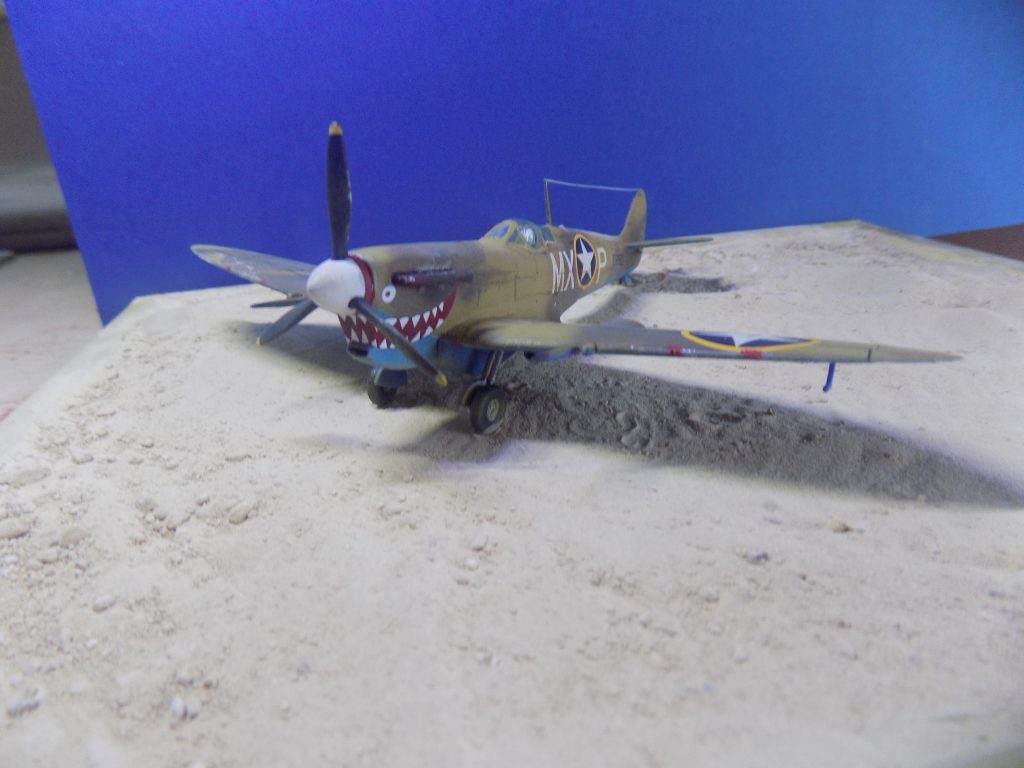

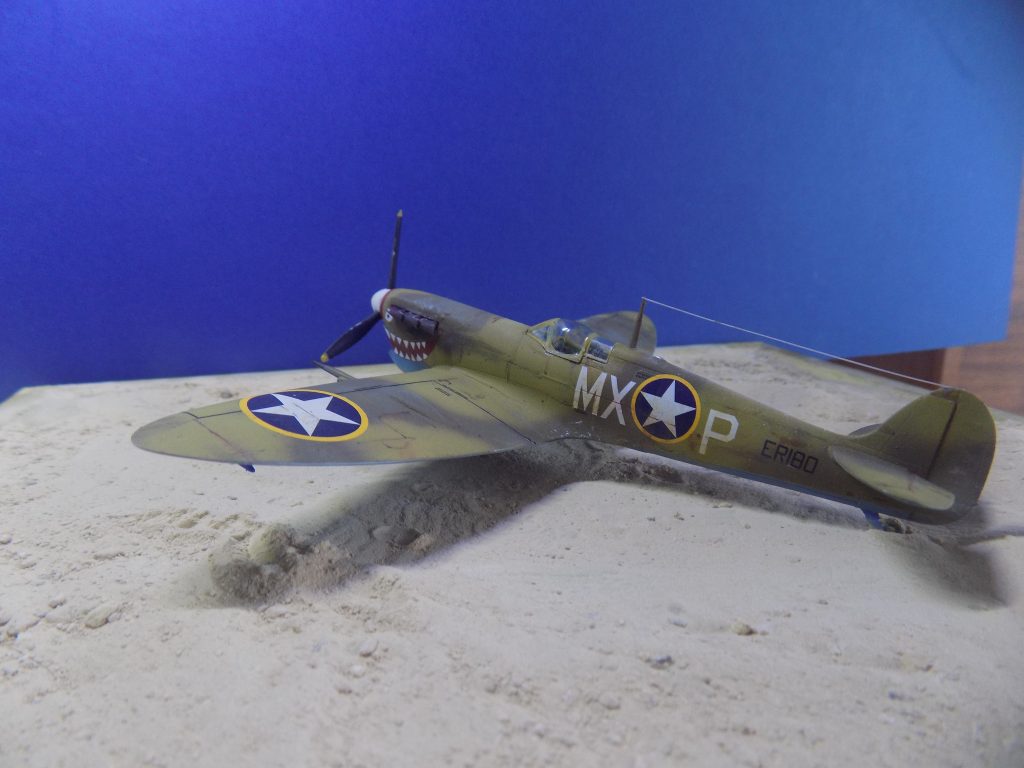
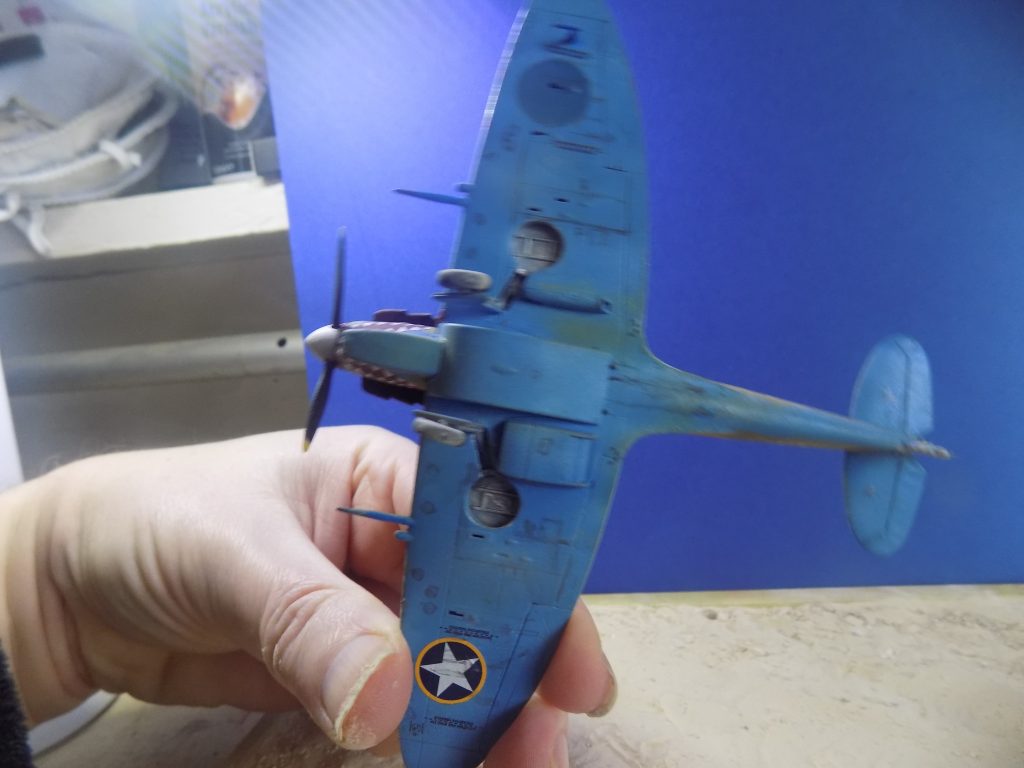

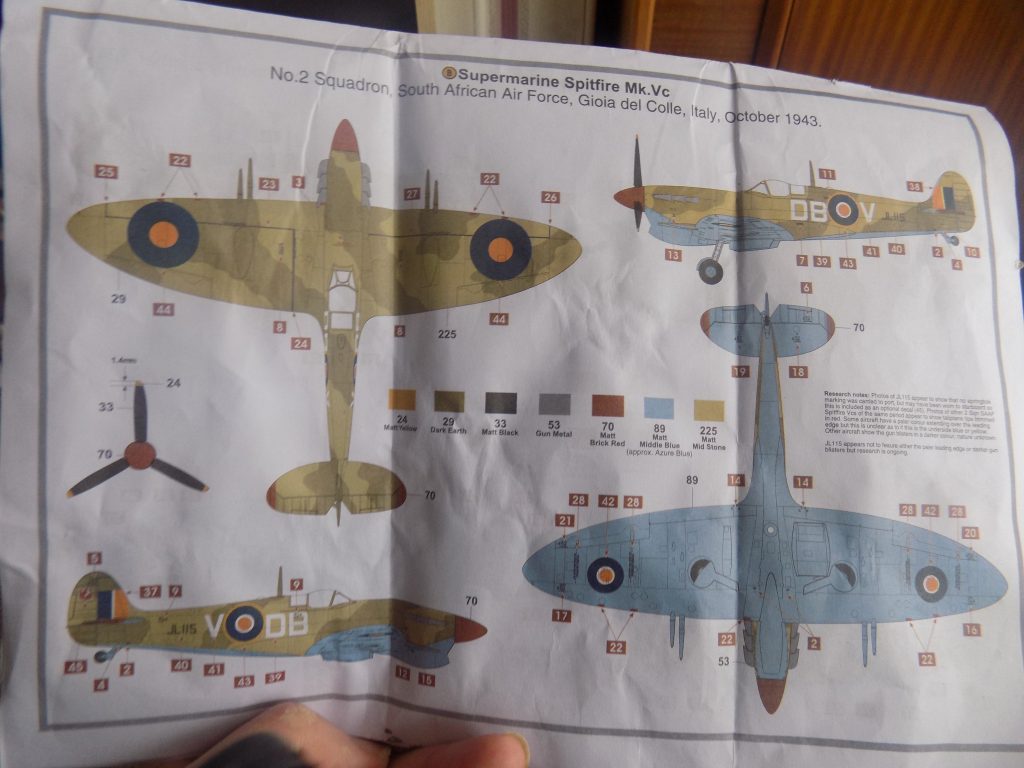
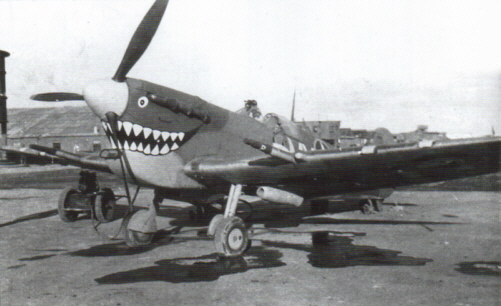
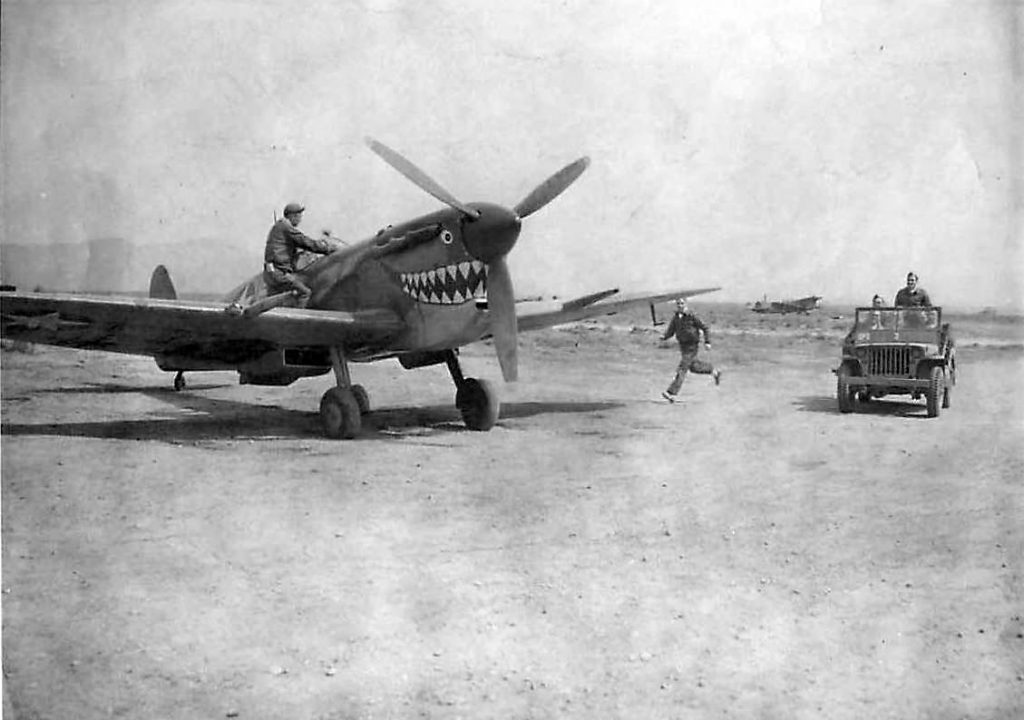
Operation Torch was the Allied code name for the simultaneous Anglo-American invasion of North-West Africa on November 8, 1942. General Eisenhower was in overall command, a surprising choice as Eisenhower was relatively unknown at the time. A press officer referred to him as ‘Lt. Col. D.D.Ersenbring’!
Torch had several strategic objectives:
- To trap Rommel’s Afrika Korps between the British forces moving from the East and Americans invading from the West.
- Gain suitable bases for further operations in southern Europe.
- Tighten the blockade of the Axis by concentrating on Southern Atlantic and Mediterranean sea routes.
- Help solidify the alliance with the USSR by taking some pressure off the desperate and weary Soviets and show them the Western Allies were serious about invading Europe and defeating Hitler.
- Prevent Franco’s Spain from entering the war.
- Forestall any similar action by the Axis.
Landings
Three separate task forces made up the Torch invasion. Some 35,000 American troops left the United States for French Morocco; another 35,000 came from England to take Oran in western Algeria; and a third task force of 10,000 Americans and 23,000 British moved from England to take Algiers. The British and American naval forces transported all the troops in this undertaking.
The landings began on November 8, 1942. The British managed to get ashore with little difficulty, but the French forces at Oran and in Morocco did not surrender until November 10 and 11.
The operation was complicated by a confused political situation. The attempt to win a rapid French surrender was foiled when the anti-British Adm. Jean Darlan returned unexpectedly to North Africa two days before the invasion He at first led a fierce French resistance. Some French forces in North Africa were loyal to General Charles de Gaulle’s liberation movement in England; others backed General Henri Giraud, who had just escaped to France from a German prison camp; and some were pledge to their commander, General Henri Petain, head of the Vichy Government. Darlan broke with Petain and ordered the surrender of Algiers on the evening of November 8th.
From: Louis L. Snyder’s Historical Guide to World War II

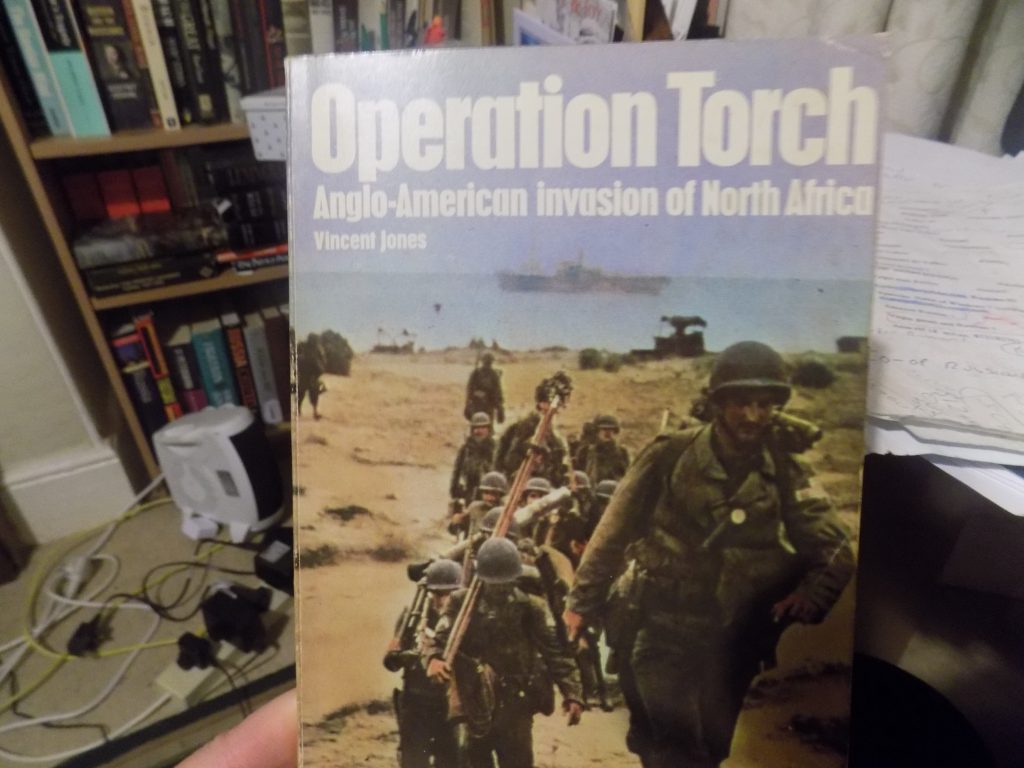
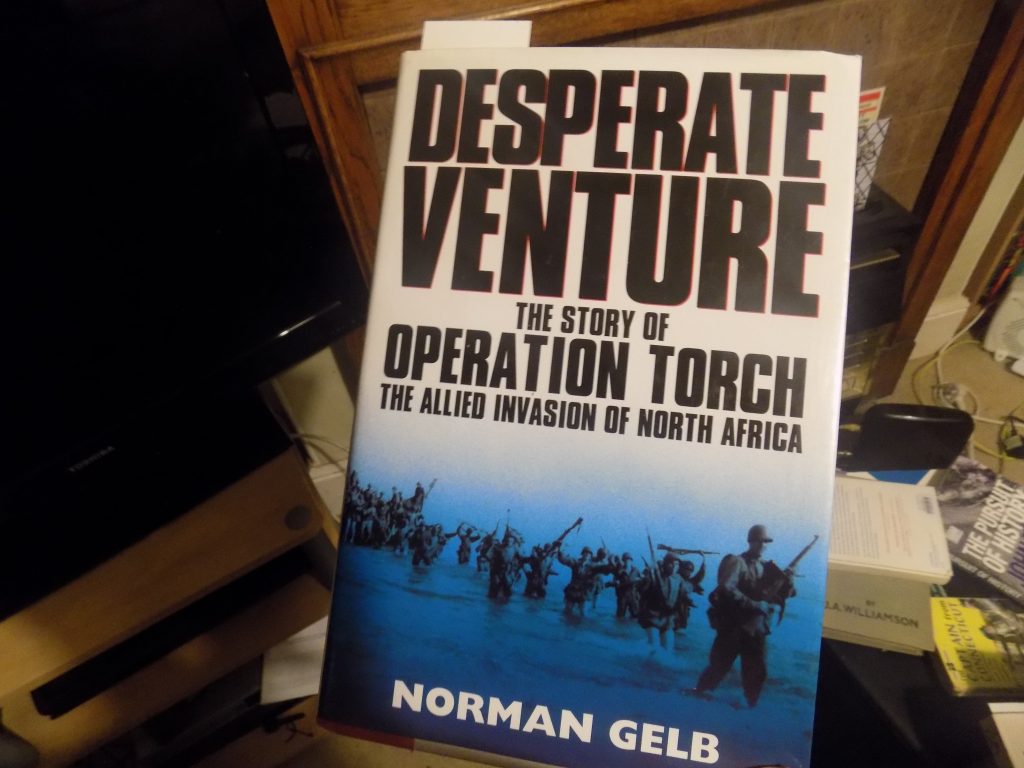
Now for some entertainment!